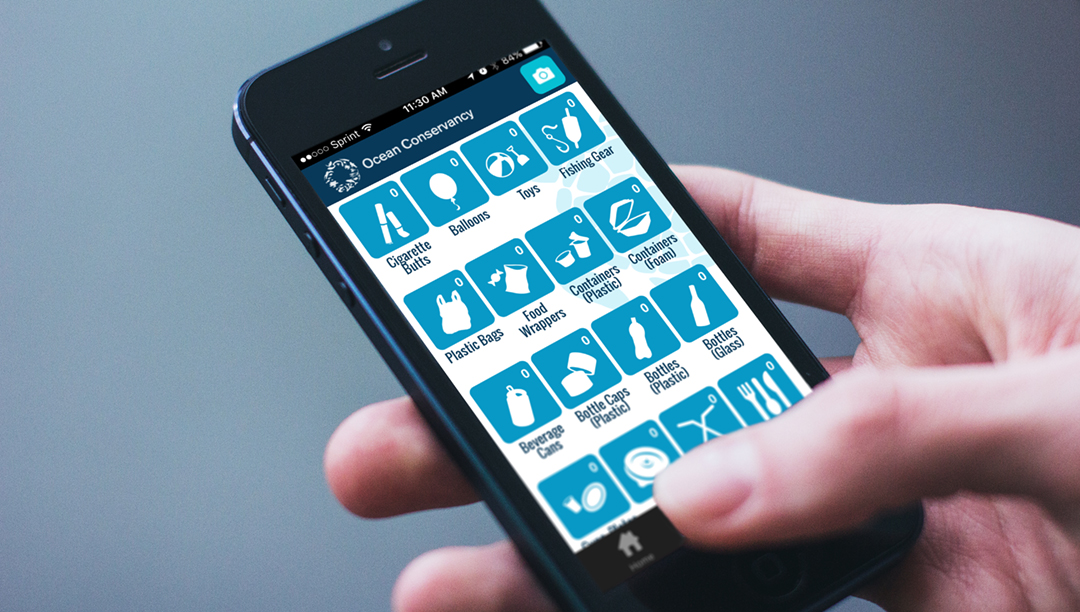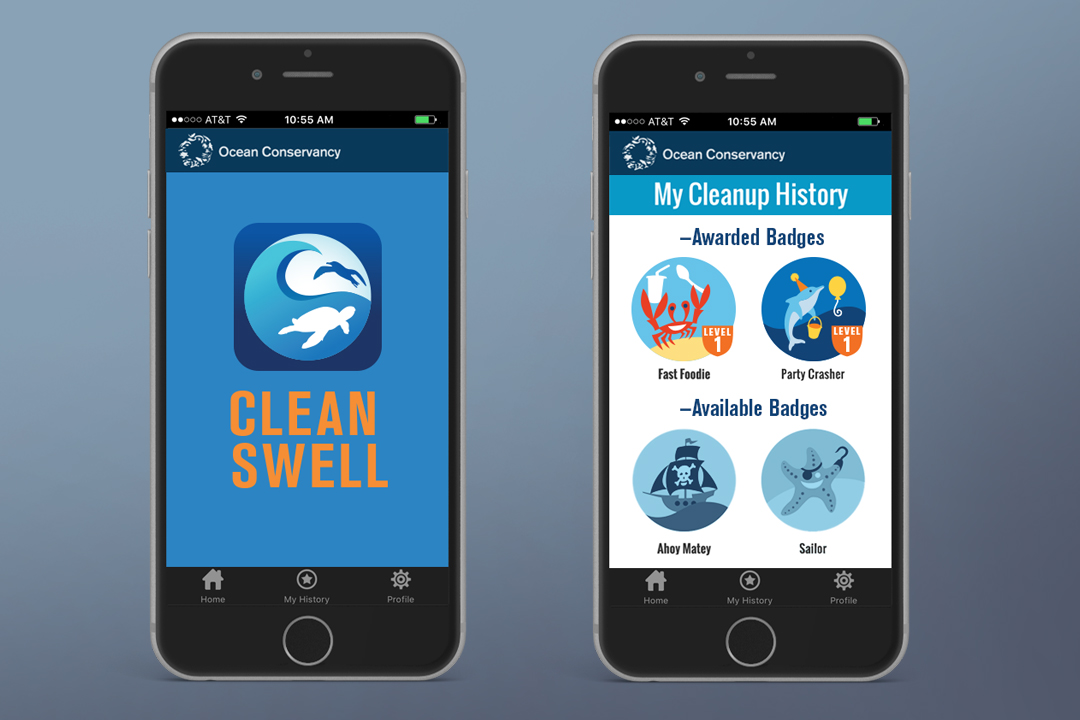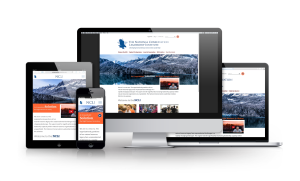
We believe the right time to build an app is when it can be useful for your audience by promoting engagement and solving a problem.
Clean Swell, an app by Ocean Conservancy, does just that. During annual cleanups and throughout the year, volunteers had to fill out thousands of paper data collection forms and add up the totals themselves. To help streamline that process, Ocean Conservancy created an app to allow users to tap on an item collected and automatically keep tallies. The data collected instantly uploads to Ocean Conservancy’s global ocean trash database. This data delivers a global snapshot of ocean trash, providing researchers and policy-makers insight to inform solutions.
Dever Designs was initially tasked with the creation of the main app icon along with buttons representing the range of trash found on beaches. With a more recent update, we had the opportunity to illustrate whimsical badges that can be earned by the users for certain quantities and types of trash collected. This “gamification” encourages volunteers to gather more trash in order to achieve higher levels within the app.

While working on the graphic icons and elements for CleanSwell, we focused on creating pieces that fit within the Ocean Conservancy brand and tied through to the Global Trash Index Report we designed. This creates a continuity between the users’ experience in the app and their other interactions with the Ocean Conservancy.
We were proud to partner with Ocean Conservancy on an app that empowers people to take action in contributing to a cleaner and healthier ocean.
See more of this project here.
How can we help bring your brand to life? Email or call us at 301-776-2812 to start the conversation.
